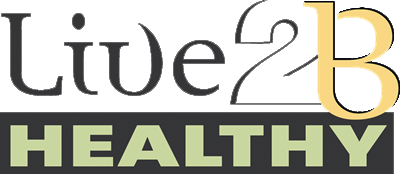
Exercise for Heart Health
Feb 14, 2023
February 2023 Live2BHealthy Newsletter
Exercise for Heart Health
February is American Heart Month, sponsored annually by the American Heart Association (AHA). President Lyndon B. Johnson, among the millions of people in the country who'd had heart attacks, issued the first proclamation for American Heart Month in 1964 to spotlight heart disease.
Lack of exercise is one of the highest risk factors to heart disease. Live 2 B Healthy® fitness programs provide seniors with the moderate-intensity physical activity as recommended by the AHA. Our programs improve heart health by:
• Strengthening the heart muscle and cardiovascular system
• Making the heart more efficient
• Improving the flow of blood to the heart muscle
• Improving the heart's ability to handle stress
• Improving heart incident outcomes
A Word About Hypertension
Hypertension is one of the most common, costly, and preventable cardiovascular disease risk factors. It is the most prevalent chronic condition among adults. Physical activity has therapeutic benefits for people with hypertension by helping to reduce blood pressure. It also lowers their risk of cardiovascular disease mortality. Both aerobic and muscle-strengthening activities are beneficial for people with hypertension. Because the benefits of physical activity are actually greater in people with hypertension than in those with normal blood pressure, moderate-intensity activity for about 90 minutes a week or the equivalent amount of vigorous-intensity activity helps to substantially lower the risk of heart disease. A person who moves toward greater amounts of physical activity a week gets even greater benefit.
Activity Guidelines for Older Adults
According to the CDC Physical Activity Guidelines for Americans, the specific physical activity guidelines for older adults are:
• As part of their weekly physical activity, older adults should do multicomponent physical activity that includes balance training as well as aerobic and muscle-strengthening activities.
• Older adults should determine their level of effort for physical activity relative to their level of fitness.
• Older adults with chronic conditions should understand whether and how their conditions affect their ability to do regular physical activity safely.
• When older adults cannot do 150 minutes of moderate-intensity aerobic activity a week because of chronic conditions, they should be as physically active as their abilities and conditions allow.
